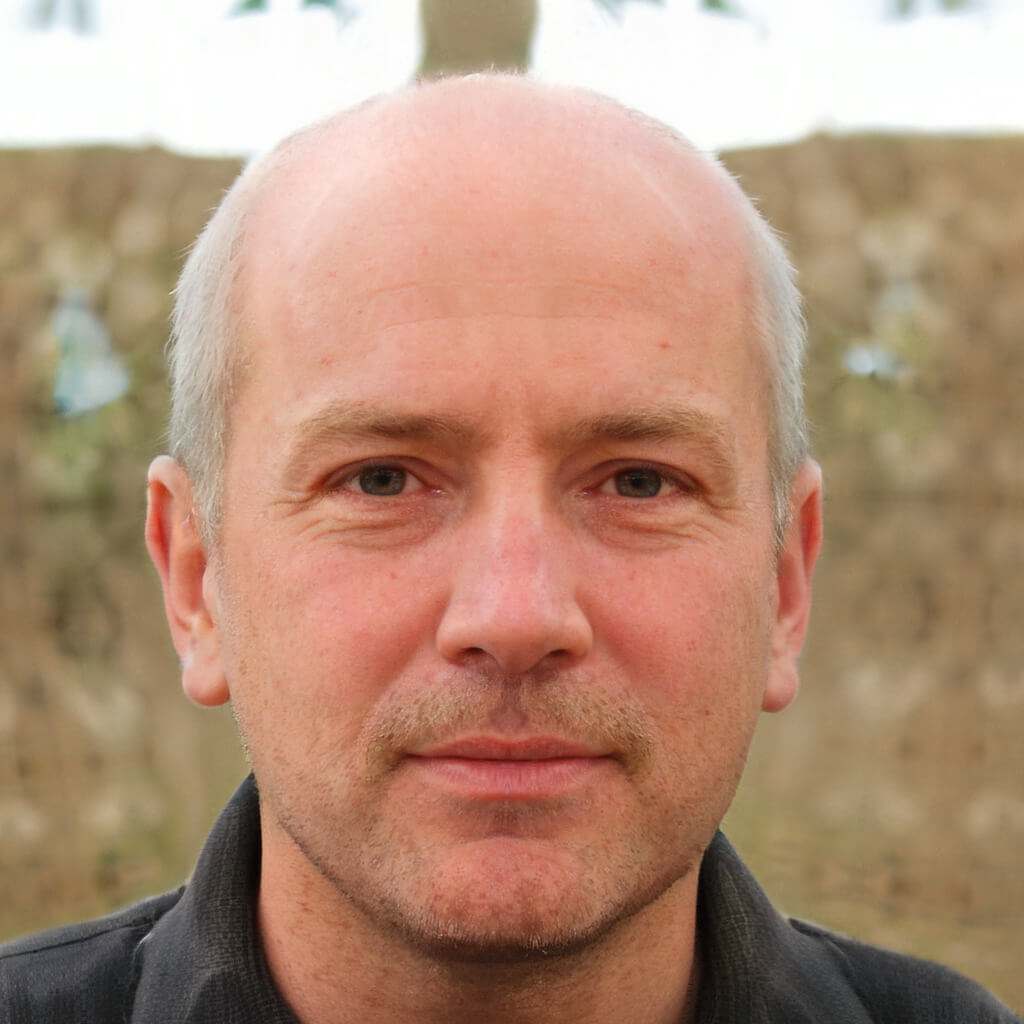Here Are The 4 Things You'll Learn In This Video
1. The Hidden Secret to Effortless Achievement
Researchers have found a subtle brain frequency that’s tied to both your most effortless wins and your toughest setbacks.
Work against this hidden rhythm and life feels like an uphill climb—but once you recognize and sync with it, you can schedule your days so opportunities line up in your favor.
2. The Leaked CIA Research Reveals
Because once everyday people wield a method that can overhaul their finances, emotions, relationships, and health in one stroke… well, the status quo wouldn’t stand a chance.
3. The "Cheat Code" to Life
Specialized researchers have traced a clear connection between this Ritual’s natural frequency and our physical, emotional, and cognitive states.
That link gives you direct access to life’s “source code,” so you can make sharper choices—no extra effort, special skills, or innate gifts required.
4. NYC Neuroscientist Breaks Vow of Silence:
That’s how recent—and disruptive—this discovery is. Japanese Ph.D. teams have only now begun formal research, while data from NASA’s biggest psychology experiment left the agency’s analysts speechless.
Across the centuries, a handful of visionaries sensed its potential: Tesla filled notebooks about the phenomenon, Da Vinci hinted at it in coded sketches, and Edison quietly built a clandestine gadget to trigger the tiny brain wave for himself.


"
"Reduced Stress and Anxiety"
Listening to these sessions daily has remarkably decreased my stress levels. I feel more at ease, and situations that used to overwhelm me are now handled with greater calmness and clarity.
Jack

"
"My income skyrocketed after using these frequencies."
I was stuck in a financial rut, constantly overwhelmed and unfocused. After just a few sessions with these brain wave tracks, I felt sharper, more motivated, and strangely aligned with new opportunities. Within 60 days, I landed two new clients and finally hit my first 5-figure month. It honestly feels like something unlocked in my mind.
Eugene

"
"Enhanced Focus and Creativity"
After incorporating these brainwave sessions into my daily routine, I've noticed a significant boost in my concentration levels. Tasks that once felt daunting are now more manageable, and my creative thinking has flourished.
Ava

"
"I stopped sabotaging my finances."
I've always had a weird relationship with money — like I wanted more, but something kept holding me back. This brain wave tool helped me shift that mindset completely. I'm more confident asking for what I'm worth, and my bank account is finally growing. It's like I rewired my thinking around abundance.
Andy

SCIENTIFIC REFERENCES AND SUPPORTIVE CLINICAL STUDIES:
1.
Family income, parental education and brain structure in children and adolescents - PubMed. (2015, May 1). PubMed.
https://doi.org/10.1038/nn.3983
2.
The Neuroscience of Socioeconomic Inequality - PubMed. (2020, December 1). PubMed.
https://doi.org/10.1016/j.cobeha.2020.05.007
3.
Associations among average parental educational attainment, maternal stress, and infant screen exposure at 6 months of age - PubMed. (2021, November 1). PubMed.
https://doi.org/10.1016/j.infbeh.2021.101644
4.
Neural correlates of socioeconomic status in the developing human brain - PubMed. (2012, July 1). PubMed.
https://doi.org/10.1111/j.1467-7687.2012.01147.x
5.
Socioeconomic status and structural brain development - PubMed. (2014, September 4). PubMed.
https://doi.org/10.3389/fnins.2014.00276
6.
Socioeconomic disparities in neurocognitive development in the first two years of life - PubMed. (2015, July 1). PubMed.
https://doi.org/10.1002/dev.21303
7.
Socioeconomic Status, Subjective Social Status, and Perceived Stress: Associations with Stress Physiology and Executive Functioning - PubMed. (2015, January 1). PubMed.
https://doi.org/10.1080/08964289.2015.1024604
8.
Associations among family socioeconomic status, EEG power at birth, and cognitive skills during infancy - PubMed. (2016, June 1). PubMed.
https://doi.org/10.1016/j.dcn.2016.03.004
9.
Socioeconomic status, white matter, and executive function in children - PubMed. (2016, August 2). PubMed.
https://doi.org/10.1002/brb3.531
10.
Age-Related Differences in Cortical Thickness Vary by Socioeconomic Status - PubMed. (2016, September 19). PubMed.
https://doi.org/10.1371/journal.pone.0162511
11.
Wealth, Poverty, and the Brain: A Q&A With Kimberly Noble. (2023, May 1). Psychology Today.
https://www.psychologytoday.com/intl/blog/brainstorm/201704/wealth-poverty-and-the-brain-qa-kimberly-noble
12.
Dopamine promotes head direction plasticity during orienting movements - PubMed. (2022, December 1). PubMed.
https://doi.org/10.1038/s41586-022-05485-4
13.
Neuroplasticity within and between Functional Brain Networks in Mental Training Based on Long-Term Meditation - PubMed. (2021, August 18). PubMed.
https://doi.org/10.3390/brainsci11081086
14.
Romeo, R. R., Segaran, J., Leonard, J. A., Robinson, S. T., West, M. R., Mackey, A. P., Yendiki, A., Rowe, M. L., & Gabrieli, J. D. (2018, September 5). Language Exposure Relates to Structural Neural Connectivity in Childhood. Journal of Neuroscience.
https://doi.org/10.1523/JNEUROSCI.0484-18.2018

